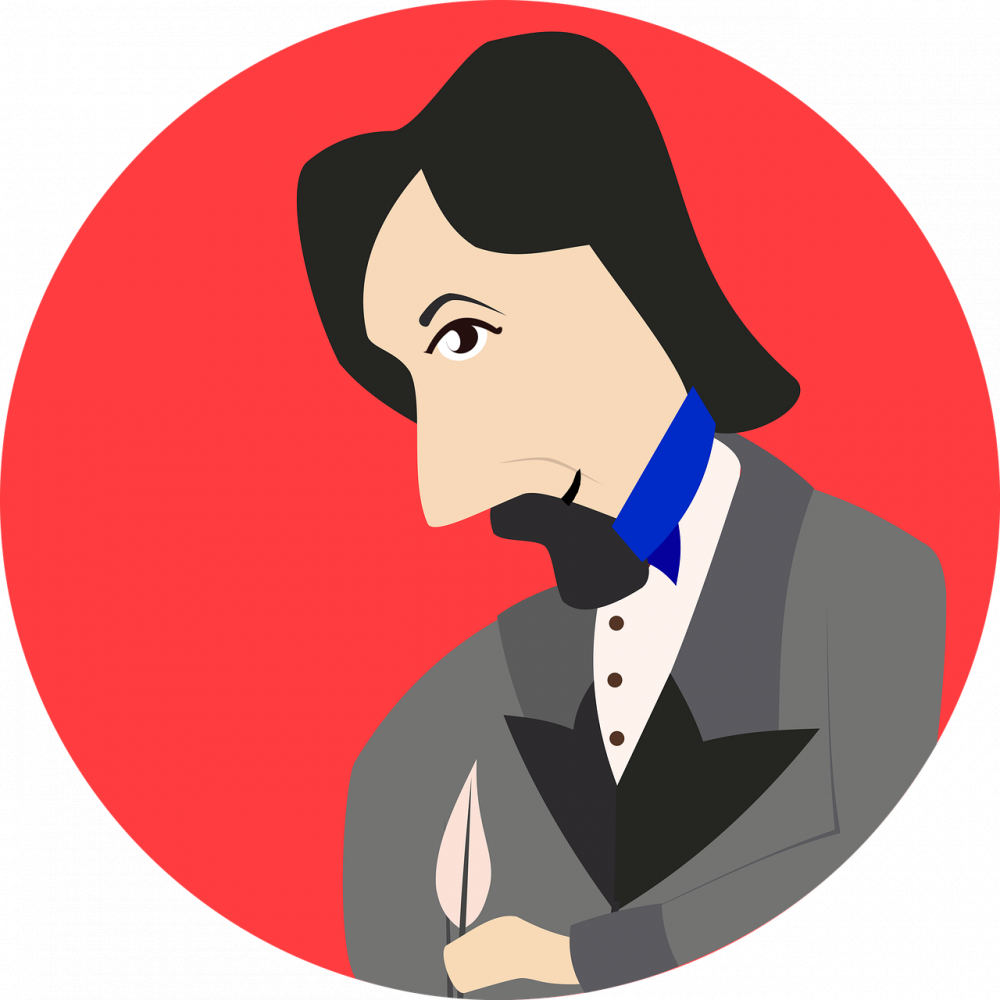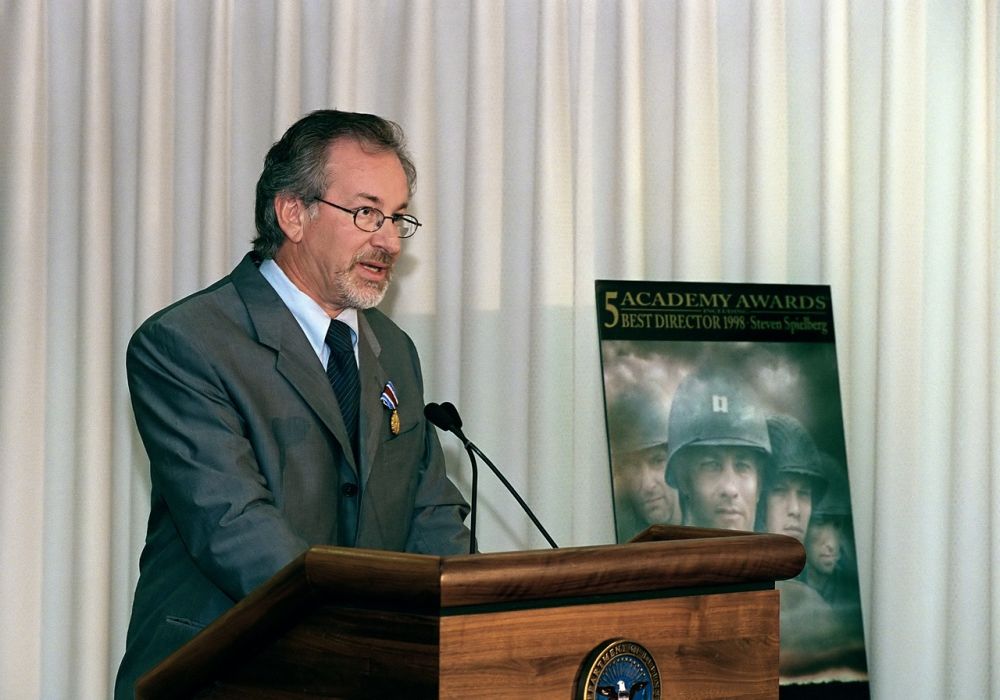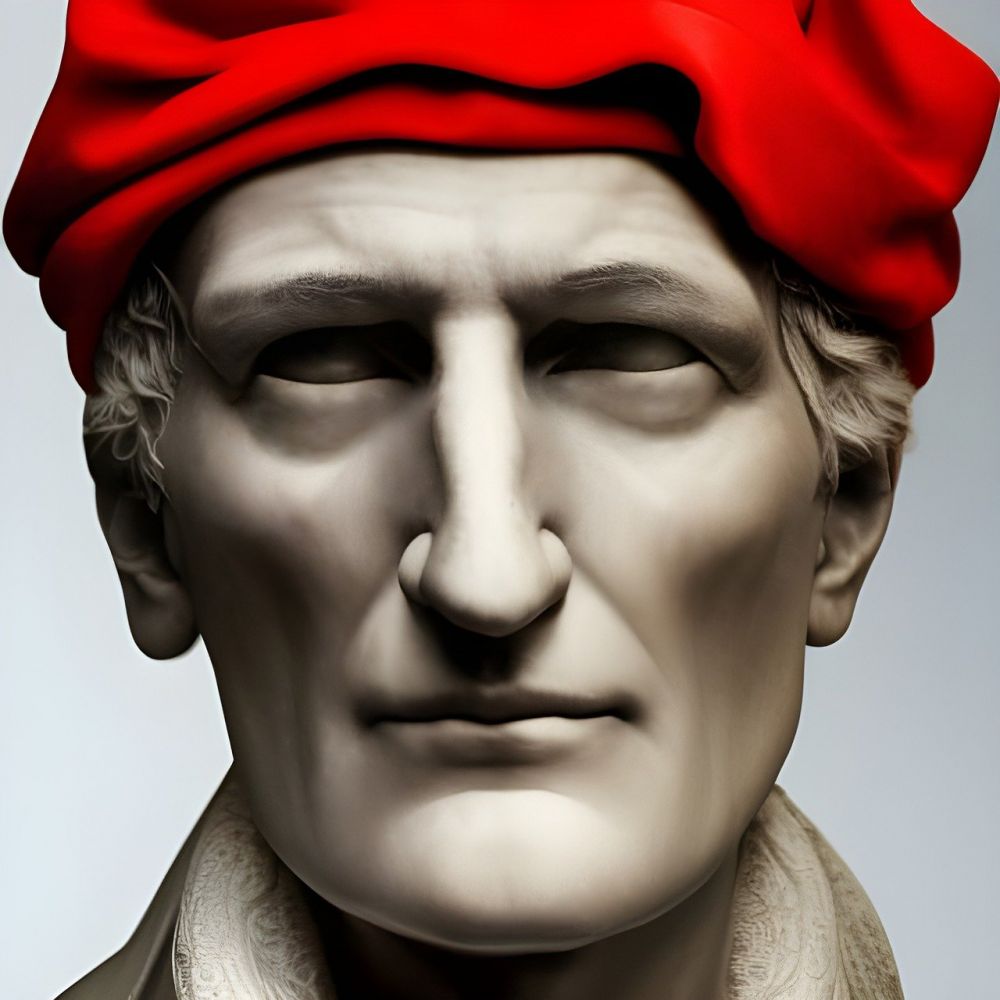Orlando Virginia Woolf: A Journey Through Time, Art, and Identity
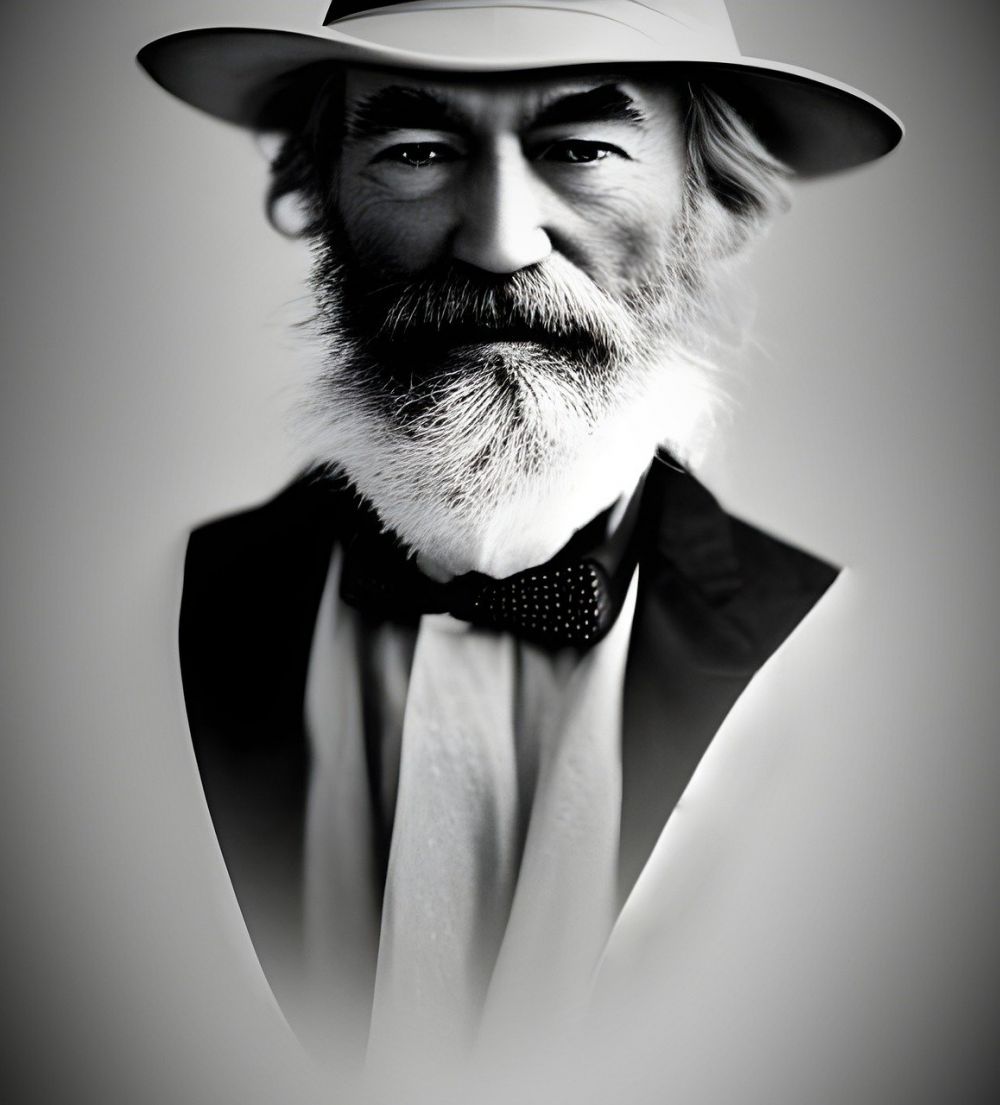
Introduction:
Orlando Virginia Woolf is a novel written by the iconic British author, Virginia Woolf, and was first published in 1928. This groundbreaking work combines elements of biography, history, and fiction to create a compelling narrative that explores themes of gender identity, sexuality, and the fluidity of time. For those interested in the works of Virginia Woolf and the exploration of gender and identity in literature, Orlando is a must-read.
Historical Overview:
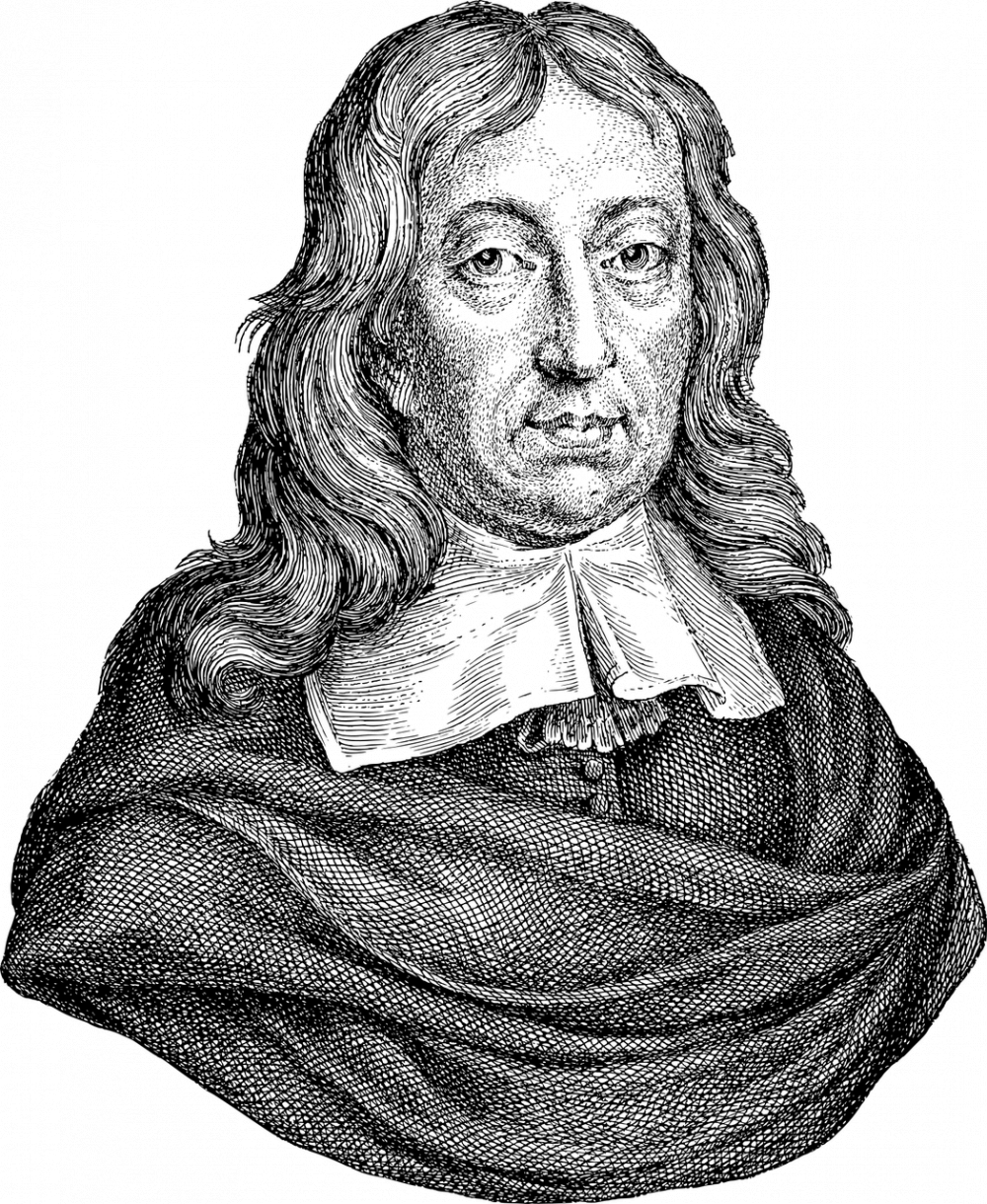
Orlando Virginia Woolf is a semi-biographical novel inspired by Woolf’s close relationship with Vita Sackville-West, a fellow writer and prominent figure in early 20th-century British society. Through the protagonist, Orlando, Woolf delves into Sackville-West’s family history, exploring themes of gender and identity through the transformation of a character who lives for centuries, experiencing different eras and historical events.
1. The life and transformation of Orlando:
The novel follows the life of Orlando, a young nobleman in Elizabethan England, who undergoes a remarkable transformation, living for over 300 years and changing their gender along the way. Woolf’s portrayal of Orlando’s journey challenges conventional notions of gender and explores the complexities of identity.
– Orlando’s early years as a young man in Elizabethan England: [Bulletpoint 1]
– Orlando’s transformation into a woman during the 18th century: [Bulletpoint 2]
– Orlando’s experiences in the 19th and 20th centuries, grappling with questions of identity and self-discovery: [Bulletpoint 3]
– Orlando’s ultimate realization and acceptance of their fluid identity: [Bulletpoint 4]
2. Time and historical context in Orlando:
Woolf’s masterful use of time in Orlando allows readers to travel through different historical periods and witness the shifting social and cultural norms surrounding gender and identity.
– Elizabethan era: [Bulletpoint 1]
– 18th-century England: [Bulletpoint 2]
– The Victorian era and the suffrage movement: [Bulletpoint 3]
– The modernist period and the emergence of feminism: [Bulletpoint 4]
3. Themes explored in Orlando:
Orlando Virginia Woolf tackles several central themes that are of great importance to the understanding of gender and identity.
– Gender fluidity and the performance of gender: [Bulletpoint 1]
– The influence of societal expectations on identity: [Bulletpoint 2]
– The role of time in shaping individual identity: [Bulletpoint 3]
– The power of literature and storytelling in shaping our understanding of self: [Bulletpoint 4]
– Love, desire, and relationships transcending traditional boundaries: [Bulletpoint 5]
Conclusion:
Orlando Virginia Woolf is a captivating and thought-provoking novel that continues to resonate with readers today. Through the exploration of gender, identity, and the fluidity of time, Woolf challenges societal norms and invites us to question our assumptions about selfhood. This remarkable work showcases Woolf’s unparalleled ability to blend biography, fiction, and history, resulting in a literary masterpiece that continues to captivate and inspire audiences.
By delving into the rich tapestry of Orlando’s life and the historical contexts in which they exist, readers can gain a deeper appreciation for the complexities of identity and the ever-evolving understanding of gender throughout the centuries. As a featured snippet in the realm of Google searches, this article seeks to provide informative insights into the significance of Orlando Virginia Woolf for art enthusiasts and collectors alike.

